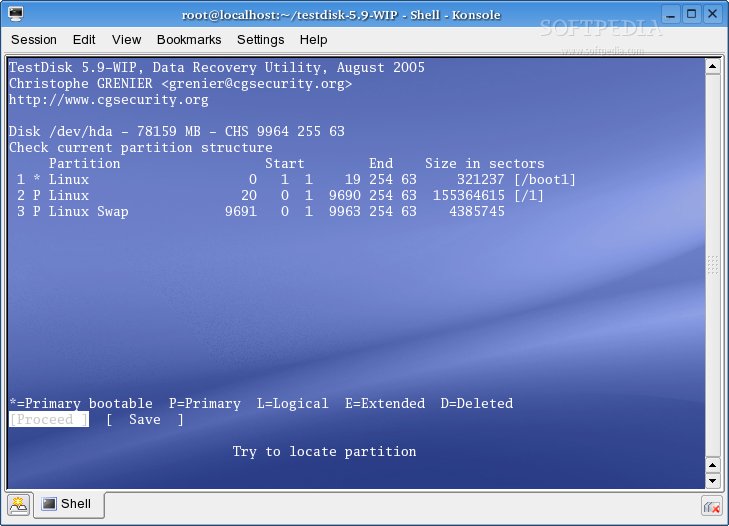


The program is available as a pre-built binary for each operating system.

It should be similar whatever operating system is being used. Recovery is done on an EeePC netbook with hard disk drive and built-in SD card reader running Eeebuntu (Ubuntu based Linux distribution). These are based on recovery of photos from a Nikon D50 digital SLR. The following instructions are for use with Linux. I found TestDisk & PhotoRec, a disk / file recovery tool available free under the GPL from CG Security. The disk drive was faulty and damaged both my regular and backup floppy disks. I thought it was a good opportunity to practice restoring files, something I've not really had to deal with since I lost half my 5,000 word essay stored on a floppy disk when I was at college. Photorec will show how many files it has recovered.Ever had that sinking feeling when you format your SD card with all your precious holiday photos before suddenly realising that you hadn't actually copied them anywhere? In this case it turned out I did have a copy after all, it just happened to be on a different computer. Select the path where the recovered files will be stored. Select a directory for the recovered files. Select Free if you didn’t write to that partition after removing the particular file, otherwise select Whole. Otherwise if you are recovering files from a partition formatted as FAT or NTFS select Other. If you are using Linux, it's going to be ext2/ext3/ext4, so the default selection is ext2/ext3. Move the selector up or down to the partition from which you have removed the file(s). Under normal circumstances you don’t need to modify them. Photorec also has a list of different options. Here you can disable all file types by pressing s. If your hard disk has Linux partitions, then select. Open a terminal and launch photorec (as root). Install testdisk from the default Ubuntu repositories. It is preferable to boot from an Ubuntu live DVD/USB before following these steps, in order to avoid using the operating system in which the deleted file is located. Recover files based on filetype using photorec Photorec is provided by the testdisk package from the default Ubuntu repositories. PhotoRec tries to recover the filename in this case, but most of the time PhotoRec can't recover the filenames. In some cases, the filename is stored in the file itself. odt documents, but photorec/testdisk can't selectively scan an individual directory for lost files unless you had mounted a whole hard drive partition as this directory. The photorec terminal program can selectively recover files based on their filetype(s), for example it can recover only.


 0 kommentar(er)
0 kommentar(er)
